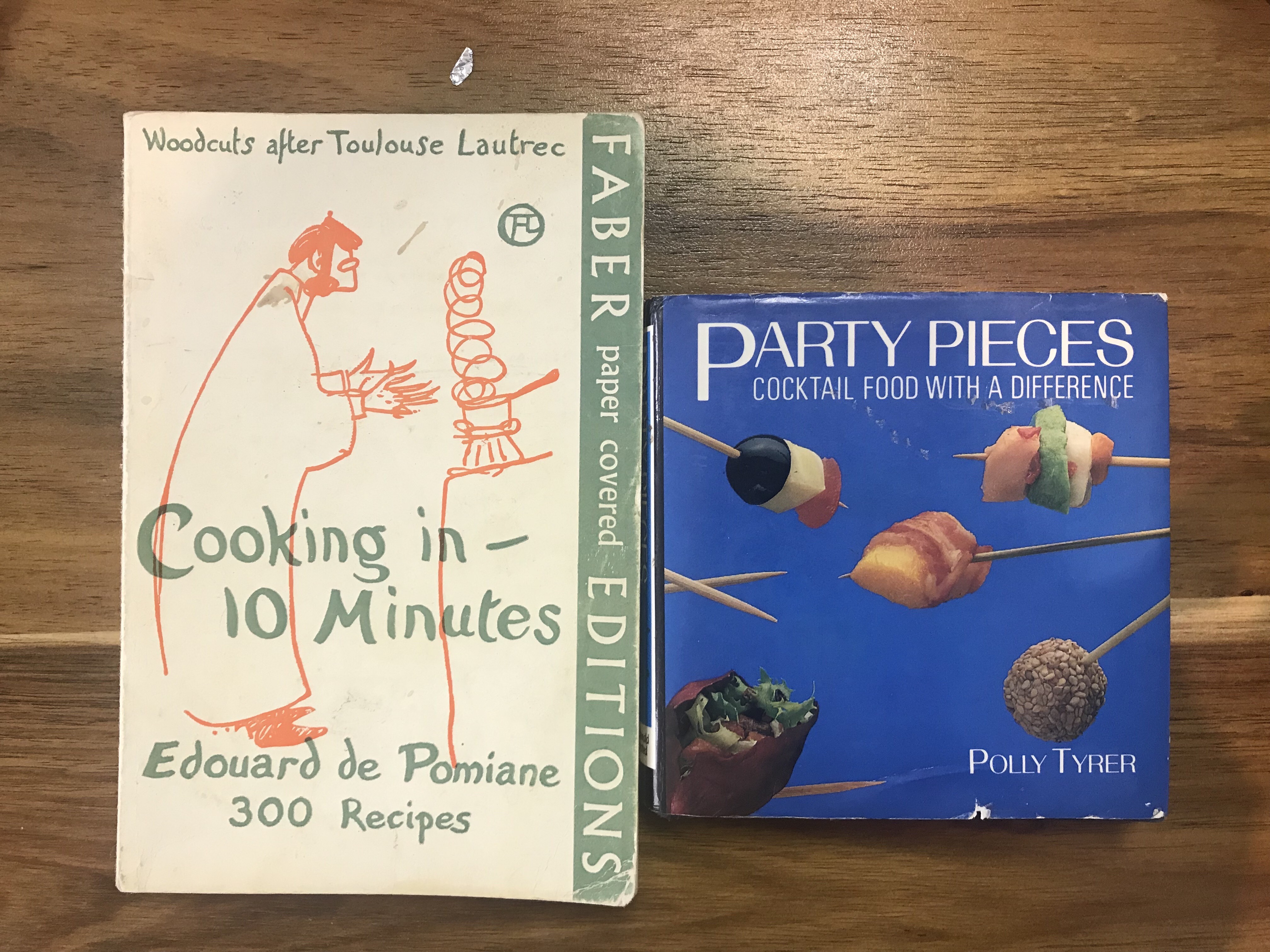Patricia Lockwood has written a number of very brilliant and striking things which have stuck with me, and which make me laugh out loud when I am walking to the shops or alone in a lift, so it seems somewhat unfair that the thing she wrote that I think about the most is something I had already heard a hundred times before. It’s, Don’t look at your phone first thing in the morning. Everyone knows this. It is common sense, and self-evident, and likely to be somewhere at the top of a list of wellness tips you would find in an in-flight magazine, along with “drink more water” and “breathe deeply.” What she actually said is: “If I look at a phone first thing the phone becomes my brain for the day. If I don’t look out a window right away the day will be windowless, it will be like one of those dreams where you crawl into a series of smaller and smaller boxes, or like an escape room that contains everyone and that you’ll pay twelve hours of your life for.” Good advice. I knew not to look at my phone first thing long before Patricia Lockwood confirmed that it was a bad idea, but for whatever reason, I think about what she said every time I wake up and stretch my claws towards the bedside table where my hateful phone sits festering and waiting to tell me the news. In other words, I think about it every morning. It is often quite effective in forcing me out of bed and into the kitchen to put the coffee on, leaving the phone glowering and twitching on the bedside table.
Know that I am fully aware of how pitiful this sounds, but waiting in the kitchen for the coffee to be ready, the issue becomes: Now what can I look at. Our kitchen has a remarkable unhindered view of the mountain, and when the sun is rising it is spectacular enough to make me feel guilty for not bursting into tears of grateful appreciation, but the unfortunate fact of the matter is that I don’t have it in me to stare quietly at a mountain for more than two or three minutes. This is something I worry about, and something I am working on, but as things currently stand I get very bored and testy with only one of the great natural wonders of the world to stare at first thing on a Thursday morning. I know that this is a terrible flaw and a stain on my character, so I counteract it by doing soothing and improving things and when I am doing them I think: Me time. Time for yours truly to relax. The past weeks, my Me Time has involved reading the introductions to the old recipe books which live on a shelf in the kitchen, which we have never once cooked anything out of and which I have more than once fished out of the recycling in defiance of my boyfriend’s attempts to Streamline. I will not have it.
There are two in particular whose introductions have given me some moderately enjoyable Me Time recently: “Party Pieces: Cocktail Food With A Difference,” and “Cooking in Ten Minutes, or the Adaptation to the Rhythm of our Time.” Instead of standing on the balcony and quietly absorbing the breathtaking view while thinking about geologic time, I sit all hunched up on one of the spindly chairs reading oddly phrased introductions to books I will never cook from. I tell myself that I am getting there, and that while I am not actively looking out the window, I am at least not knee deep in the fucking news yet. Instead of the news, I have stuff like this: Boiling: If you want to cook quickly by this method, begun by plunging the food into boiling salted water. Now this is waiting on the fire. As time is limited, you can, of course, only boil small pieces of food. Or: Each recipe in this book will make about 20 mouthfuls of food. For a drinks party you should allow 10 mouthfuls of food per head; 4 mouthfuls with pre-lunch or dinner drinks; 8 savoury plus 4 sweet mouthfuls for a wedding reception (but increase this to 15 mouthfuls if the guests are unlikely to go on for a meal afterwards. Alternatively: You can cook meat, fish, vegetables, fruit, eggs and some sweets in a frying pan. This technique is worth our consideration. Moreover: In the 1920s and 30s cocktail parties with their dry martinis, aspic toasts and ladies in chic black dresses were considered the height of style. But over forty years, the idea of a drinks party became as stale as the dried up canapes that were usually served. Finally: You will often make use of this method in ten-minute cooking. It is a bastard technique related to both frying and roasting.
I will not lie to you and pretend that any of the above is a match for the news. All that happens is I read stuff like this, and then I read the news and worry about it while also feeling slightly disgusted about “aspic toasts” or the idea of measuring food in terms of “mouthfuls.” If I am being honest with myself, the positive effect of what a magazine would maybe call my “Morning Practice” is mild at best, and is almost immediately canceled out by the surge of nervous queasiness that washes over me as soon as I succumb to my phone. This is bad, I know. It’s the best thing I can come up, however, and for the moment it’s serving its purpose.







